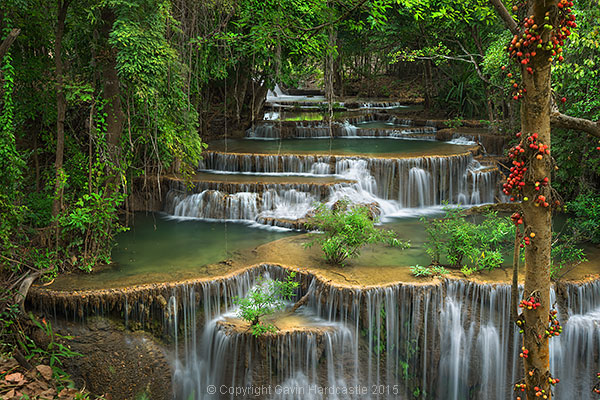
Picture the scene - Bangkok airport and I'm settling into seat 16H on my short Thai Airways flight to Siem Reap, Cambodia. The lovely hostess hands me a hot, scented towel as I shout "Bollocks" while slapping myself firmly on the forehead.
She gives me a justified look of disdain while I apologize for my outburst and then start begging her to contact Lost & Found as soon as possible. You see, I'd stupidly left my gorgeous carbon fibre, ball head tripod, in one of those plastic trays into which all airports now force you to empty your worldly goods before being forced through the X-Ray machine.
I'd somehow managed to wander through Bangkok airport, grab a snack, check my email and then board the plane without even realizing I'd lost one of my most essential pieces of equipment. I blame it on the terror filled drive through downtown Bangkok the night before while trying to find our hotel, it was a late night.
I realize I will never see that beloved tripod again.
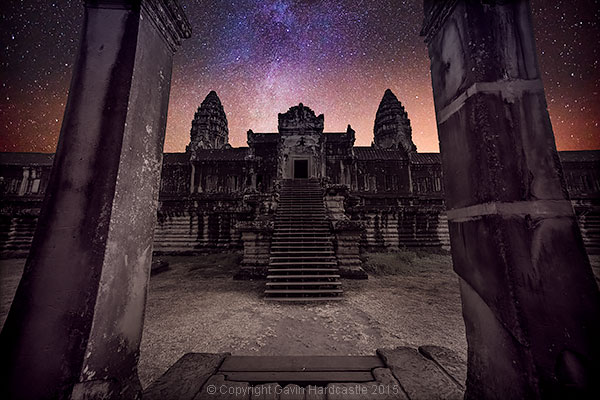
So I touch down in Siem Reap, Cambodia and the first thing I do is go shopping for a tripod. Siem Reap has seen some major development over the years but it's still a galactic black hole when it comes to tripod shopping.
The best I could find was a $45 Yunteng tripod with a plastic video panning tripod head that has one of those long handles that poke you in the eye every time you try to look through the viewfinder.
It was like going back in time to the very first tripod I'd ever bought. The next four days of shooting were an exercise in rage management as it took me five times longer to set up my shots. If it hadn't been for my ever present tuk-tuk driver and his calming influence, I would have bent that tripod over my knee and tossed it under the wheels of a bus for good measure.
No wonder so many beginner photographers quit at the tripod using stage.
A good tripod makes ALL the difference
When buying a tripod, if you go for an El Cheapo one, two things will happen:
- You'll spend so much time messing around getting your camera in position that by the time you're ready to take the shot, you've already lost the will to live.
- You'll realize that the $45 you spent could have gone towards a proper tripod that you now know you'll have to buy anyway.
I realize that for total beginners, spending around $400 on a tripod seems like a major financial commitment but I've seen so many of my workshop students struggle in frustration with shoddy tripods that it breaks my heart. When I lend them one of mine, it's like a ray of sunshine for them. At that point they realize their cheap tripod is now junk.
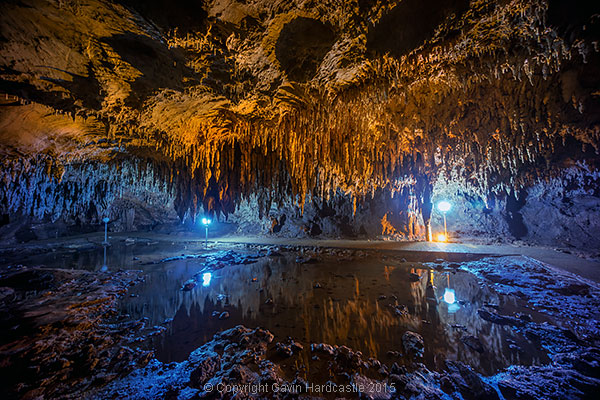
Speed is important
You might think that if you're using a tripod to hold your camera in place, that means you've got plenty of time to frame your shot. Sometimes that's true but more often than not, the scene changes quickly, especially when you're dealing with nature. Weather and wildlife won't wait for you to get your tripod set up.
Things to consider when buying a tripod and tripod head
1 - How fast do the legs telescope?
I can't stand those rubber twist leg locks that you have to loosen and then tighten. I much prefer quick release grips that flick open and quickly drop those tripod legs. Securing the extended legs requires a quick push of the thumb and you're done. If your tripod has four telescopic extenders with threaded grips you'll still be setting up your shot while I'm at the next shooting location.
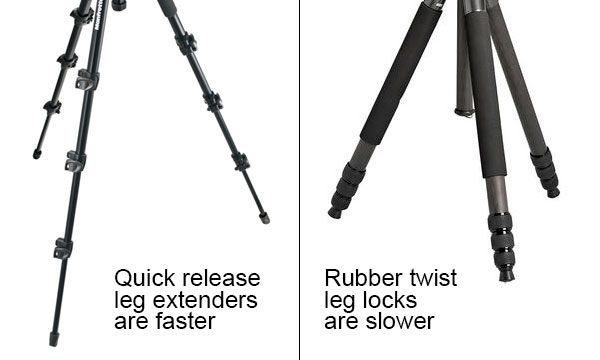
2 - How fast does the ball head adjust?
Once your tripod is in place and secure, it's time to position your camera. For me, the best ball heads are those that only require one lever to loosen and tighten. That means that with just two turns of the lever I can position my camera in exactly the right position.
It's also important to get a ball head that allows you to quickly switch between landscape and portrait aspect. A lot of cheapo tripods have those flippable mounts that you have to loosen first then tighten once in place. These are usually abysmal as you struggle to get just the right position and then the flimsy flippable part wobbles from the impact of just your breathing.

Manfrotto 496RC2 ball head
3 - Easy quick release
The thing that infuriated me the most with my temporary $45 Yunteng tripod was the quick release clip which mounts the camera on to the tripod head. I longed for my well oiled Manfrotto head with its trusty quick release clip.
Mounting the camera on the tripod head should be quick and easy. When shopping for a tripod, get the store clerk to demonstrate and then try it out yourself multiple times until you feel if it's right for you. Some of the smoothest looking quick release plates I've seen are made by Really Right Stuff.
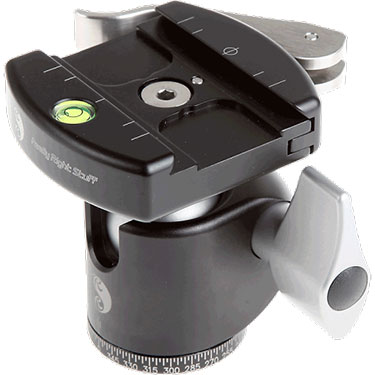
4 - How heavy should my tripod be?
This is a personal choice based on your exact needs, and how much you can carry. There's always a trade-off between portability and sturdiness. Heavier tripods will laugh in the face of a strong wind, while super lightweight carbon fibre tripods will vibrate. You can always attach a rock filled bag to the central stem of your tripod to give it more stability in high winds.
5 - How big should my tripod be?
Again, this depends on your travel plans. Since my recent loss at Bangkok airport, I'm now considering buying a smaller tripod that will actually fit into my camera bag. A smaller tripod won't be anywhere near as sturdy, but for the Siem Reap shoot it's not as if I had to face high winds and extreme weather, so smaller would have been okay.
Very tall photographers will most likely have to shop for tripods that cater to their height. Sure, you can always extend your tripod's central column, but that's always a last resort as you'll find it induces major wobble from just your hand contact with the camera.
6 - How much should I spend?
Here's another important thing to consider. If like me, you're a bit of a Gormclops, don't buy the best that you can afford. I abuse my tripods by shooting in the ocean, rivers, deserts and mountains. If I'm lucky, I'll get two years out of a tripod (assuming I don't leave it in the airport) so it just doesn't make sense for me to spend big money when I can get a very capable tripod for under $400, that already comes with a good ball head.
7 - Do I need a bubble level?
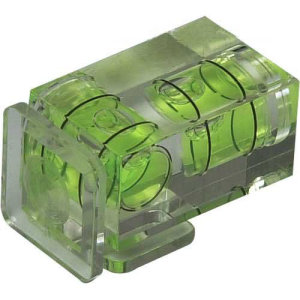
Although not essential, it's nice to have an accurate bubble level on the tripod stand itself, and one on the tripod head. If you're lucky enough to have a digital level inside your camera (like my Sony A7R) you probably won't use a bubble level much. If you have neither, you can always attach a bubble level to your cameras hot shoe attachment as pictured here (see photo right).
Why do I even need a tripod?
If you want tack sharp images (see my article on how to get super sharp landscape images) with the best possible image quality, accept that a tripod will become a part of your anatomy. For long exposures, a tripod is essential. If you shoot weddings, portraits, action and events, a tripod may just get in your way.
Which brands should I buy?
I'm not going to recommend one brand over another. I advise that you try out as many tripods and heads as you can. It's fine to read reviews but you need to get hands on to decide which tripod and head combination works best for your needs. A specialist camera store should have a much wider choice of consumer and pro level tripods to choose from.
Enough Yunteng Bashing
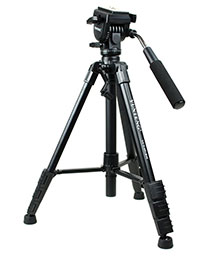
To be fair to Yunteng, I got the sturdiest tripod I believe it's possible to find for a measly $45. It didn't fall apart, was light, and in all honesty the tripod head was made for video, not stills. I got exactly what I paid for. I'll keep it in my studio as a demonstration tool for showing people the difference between a $45 tripod and a $400 tripod.
What features do you look for in a tripod? Do you have any horror stories or recommendations for our readers?
The post The Ultimate Guide to Buying a Tripod by Gavin Hardcastle appeared first on Digital Photography School.
No comments:
Post a Comment